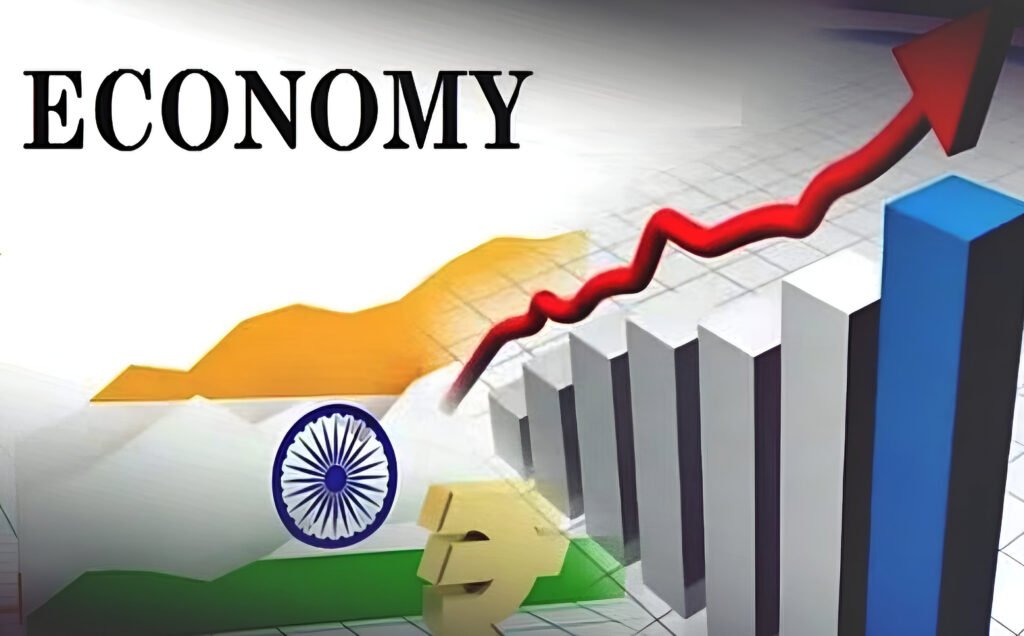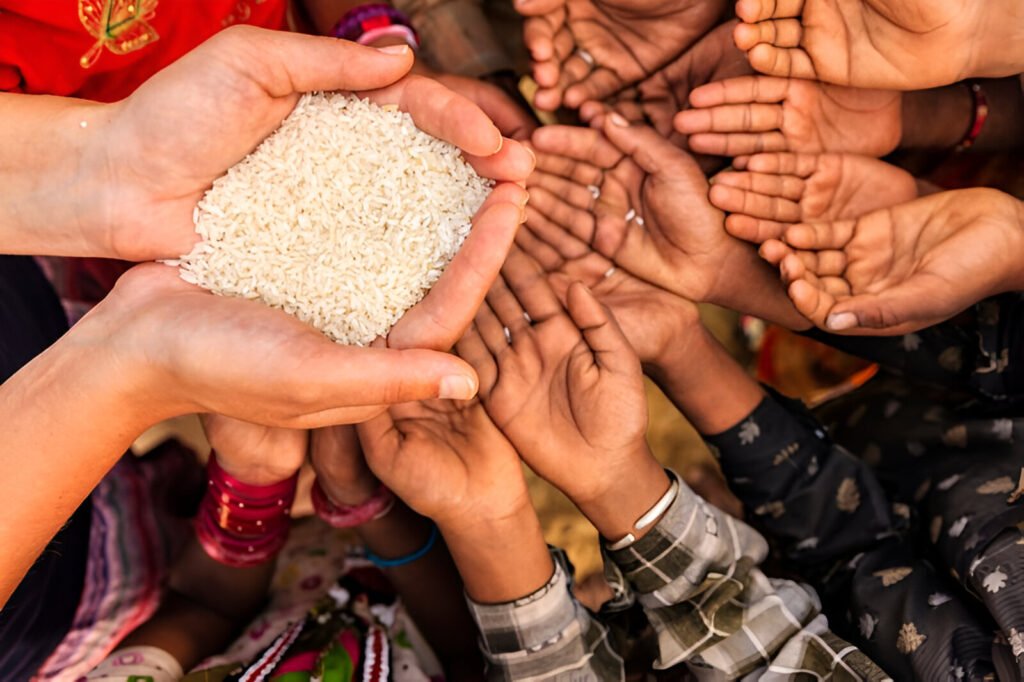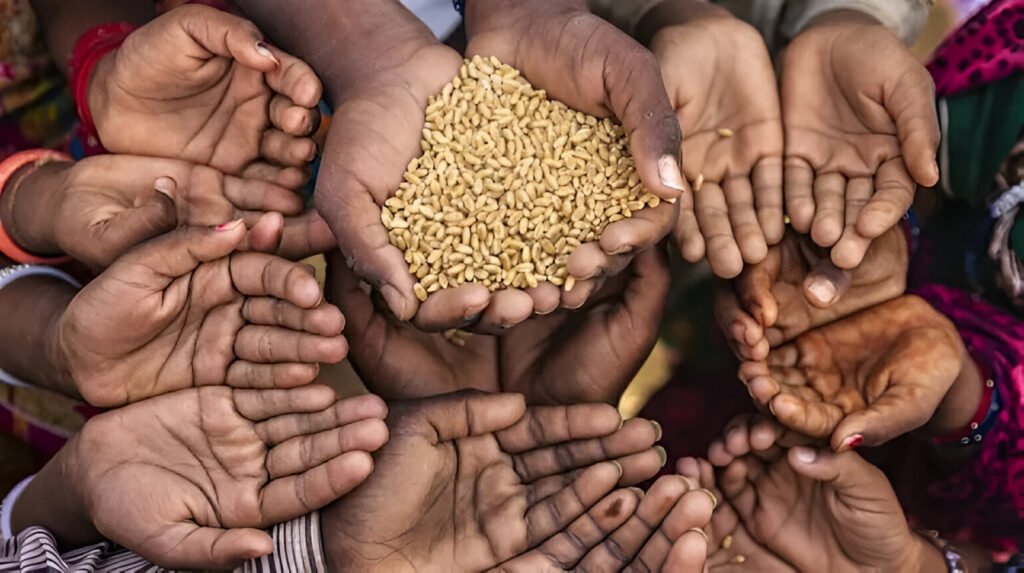
India’s Growth Marking It as the 4th Largest Economy in the World
As per the International Monetary Fund (IMF), by the beginning of 2025, India is expected to achieve a historical feat of becoming the fourth largest economy. Now with a nominal GDP of $4.2 trillion, India is the world’s third-largest economy after the US and China, which also puts Germany in fourth place, losing against India. The swift progress of the country from being ranked 10th in 2014 to now 4th is largely due to the accentuated growth experienced within the country’s services and technology sectors alongside a massive surge in domestic consumption coupled with favorable growth in the economy in the country. India is also likely to achieve a GDP growth rate of 6.2% by the year 2025, which is remarkable and puts the country on track to be the fastest-growing economy in the world.
Maintained Growth In The Economy Alongside Ample Concerns Related To The Population
Economically, India is ranked 5th in the world, which is a great achievement, but despite these remarkable boundaries, India still struggles with a vastly uneven population wealth distribution ratio, which puts India’s per capita GDP at approximately $2900. Though it is apparent that the percentage in which the Indian economy ranks on a global scale in terms of gross domestic product has experienced exponential, it serves as a clear indicator that the economy is in sharp decline in terms of a social perspective seeking discernible effort for an increase in living standards amongst the citizens of India, as is clearly evident. These sadly claim social progress has tried to seep its way along; there is much need for effort through the gap that marks why it is even illusioned to be possible.

India’s Place Globally on the Global Hunger Index
With respect to the economy, India has done well in recent years. However, the country still ranks 105 out of 121 on the 2024 Global Hunger Index (GHI). Where it is ranked indicates a serious level of hunger and undernutrition in the country. This rank is worse than what is observed in several smaller economies. The cases of food shortages, rampant undernourished people, and poverty are very real in this country. The fact that there is economic growth but deep levels of hunger indicates that there is suffering within India’s development model. Concepts like the growing economy, unequal distribution of income, inadequate nutritious food, and social welfare tend to collide with each other here.
Reasons behind the Global Hunger Index Gaps in India
Where the Global Hunger Index is concerned, India certainly features in the bottom ranks, but there are several reasons why this is the case. Even though agriculture has contributed positively to the economy, there is still a large section of the society that goes undernourished because of insufficient funds capped with a lack of good sanitation, medical services, and education. Other factors like regional disparities and inefficient food distribution systems surely worsen the situation. The problems Indians faced because of the COVID-19 pandemic only made the food security worse. There is a clear need for strong, action-oriented policies that address social growth and equality paired with economic development. These issues need to be tackled well.

The Paradox of Growth and Hunger
India’s situation exemplifies the paradox where the economic growth of a particular country does not combat poverty or hunger in a significant manner. This is the case for India because while its GDP figures reflect the growth in the value of the economy in a country, they fail to capture economic inequalities and gaps in wage distribution alongside access to basic amenities in urban and rural regions. There is a disparity between India’s ranking economically when compared to its ranking on the world hunger index, which highlights the need for policies directed towards economic growth with rural development, nutrition, and social safeguard measures incorporated.
The Road Ahead: Balancing Growth with Social Welfare
In order to improve its Global Hunger Index rank and ensure long-term development, India needs to use the tool of economic growth and power to strengthen the food security measures and policies directed towards better nutrition. This is possible if there is an improvement in public distribution services, nourishment of infrastructure facilities in the outskirts, better healthcare facilities, and pro-people economic policies. India has to keep in mind its concern of becoming the 3rd largest economy in the world. With this, social welfare would need to be taken care of because otherwise, India’s growth story would not be as attractive.











